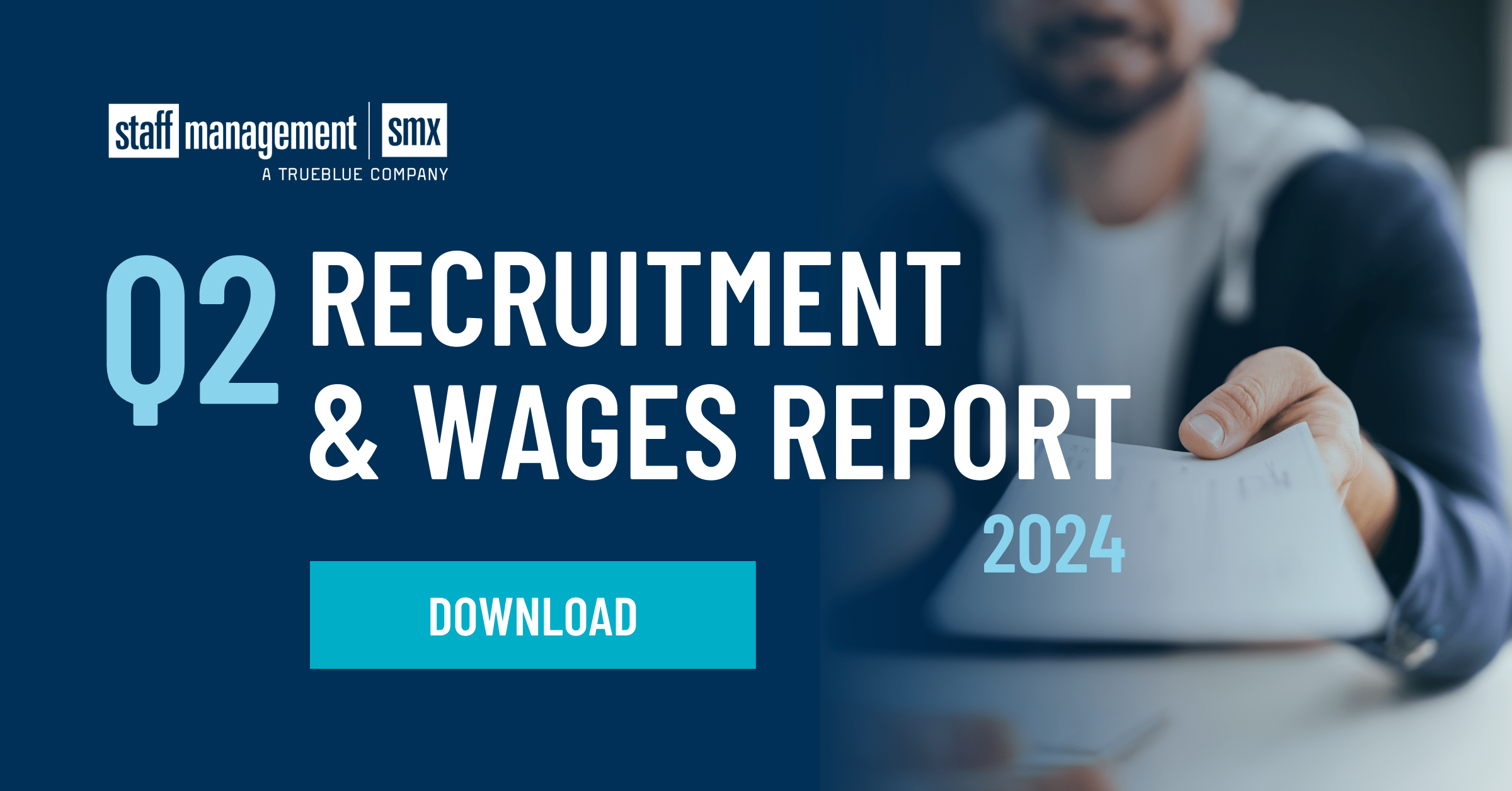Optimizing recruitment processes in today's data-driven world requires leveraging metrics and data.
By harnessing the power of analytics, businesses can enhance efficiency and ultimately build stronger, more effective teams.
Here are 5 key ways to use data to your advantage in your recruitment process.
First things first
To improve your recruitment process with metrics and data, the first step is to define key performance indicators (KPIs). These specific metrics align with your recruitment goals and provide a measurable way to track success. Common recruitment KPIs include time-to-fill, cost-per-hire, quality-of-hire, and source effectiveness. By setting clear KPIs, you can establish benchmarks and track your progress over time.
1. Analyze time-to-fill metrics
Time-to-fill is a significant measure that calculates the number of days required to fill a vacant position. A prolonged recruitment process can result in higher expenses and the possibility of losing top talent to rival organizations.
By analyzing time-to-fill metrics, you can identify obstacles in your process, streamline workflows and make informed decisions to accelerate hiring while maintaining quality.
2. How much is your cost per hire?
It's essential to comprehend the cost-per-hire to optimize your recruitment budget. This metric considers the total recruitment cost divided by the total number of hires. By analyzing cost-per-hire, operations can pinpoint cost-effective sourcing channels, improve advertising strategies and allocate resources more efficiently.
3. Hiring quality
Quality of hire is a way of measuring how well new employees are doing in their roles and how much they are contributing to the organization. It's not an easy thing to measure, but it can be based on factors like employee performance, how long they stay with the company, and how well they fit in with the company's culture. By using data to assess the quality of your hires, you can improve your strategies for finding and attracting top talent.
4. Use data to make predictions
Predictive analytics is a process that utilizes statistical algorithms and historical data to forecast future outcomes. In the context of recruitment, this can be used to identify patterns in candidate behavior, predict hiring requirements, and evaluate the probability of candidate success. By integrating predictive analytics into your recruitment strategy, you can make informed decisions in advance and improve your tactics based on data-driven insights.
5. Real-time feedback
It's important to regularly gather feedback from hiring managers, recruiters and candidates in order to gain valuable insights into your recruitment process. This feedback can be combined with quantitative metrics to help identify areas for improvement.
By using a data-driven feedback system, you can ensure that your recruitment strategies are constantly evolving to meet changing needs and market trends.
Your partner in technology
In the competitive landscape of talent acquisition, optimizing the recruitment process is essential for success. At Staff Management | SMX, we use advanced propriety software called Stafftrack. This hiring and workforce management tool brings in the right people at the right time and tracks all the above-mentioned data points and more.
- Faster fill rates: Our centralized services combined with Stafftrack and our operations teams ensure we are constantly monitoring candidate and worker flows. We can ensure your fill rates are close to 100% every single day.
- Ongoing engagement: With our Stafftrack mobile app, we keep detailed employee profiles to keep track of skills to ensure workers are in the right job that matches their skills. The app also keeps our associates engaged by allowing them to view important items like their schedules, and pay slips and pick up additional shifts.
- On-demand analytics: Our entire process is enabled by on-demand reporting and analytics. In real-time, your operations team can identify and proactively optimize our sites based on historical and predicted future behavior.
Learn more about how Stafftrack can help take your operation to the next level through data
About the Author
Follow on Linkedin More Content by Casey Nighbor




![Recruiting best practices What you need to know for top talent [Guide]](https://res.cloudinary.com/uf-554476/image/upload/v1724857734/SMX_Q3_Content_4_h4jrq7.png)

![Creative Recruitment and Hiring Ideas for 2024 [Guide]](https://res.cloudinary.com/uf-554476/image/upload/v1721229849/3_zc1w6q.png)







